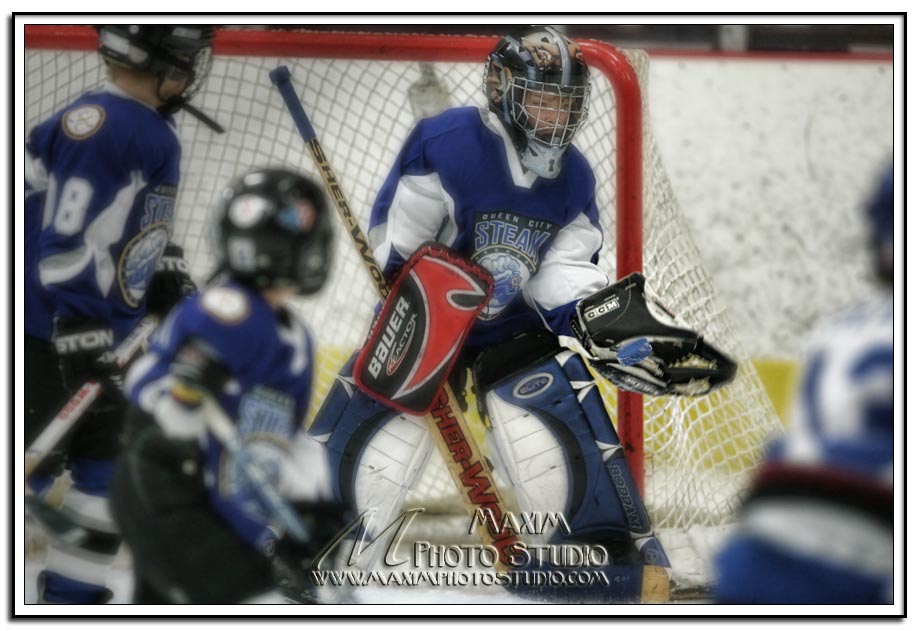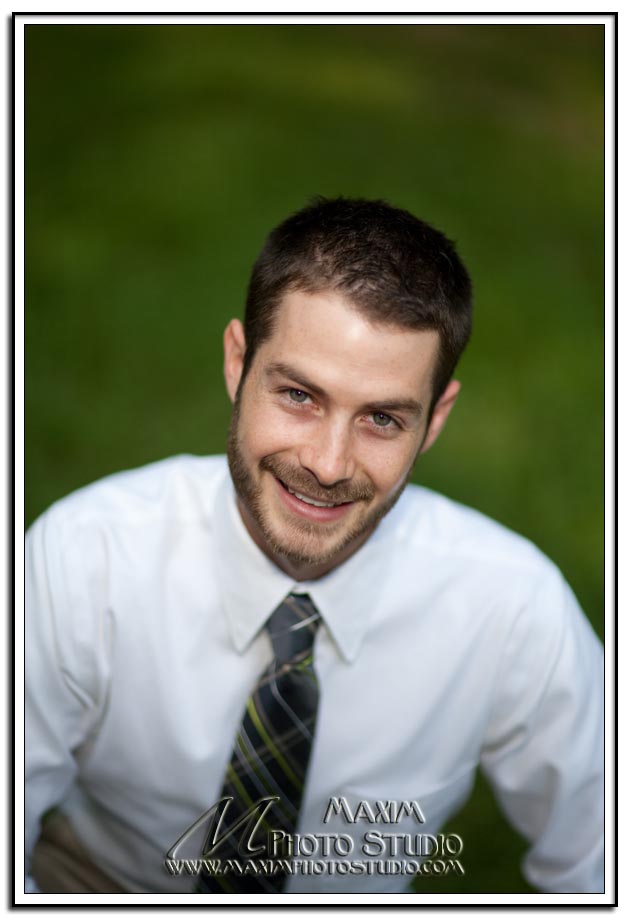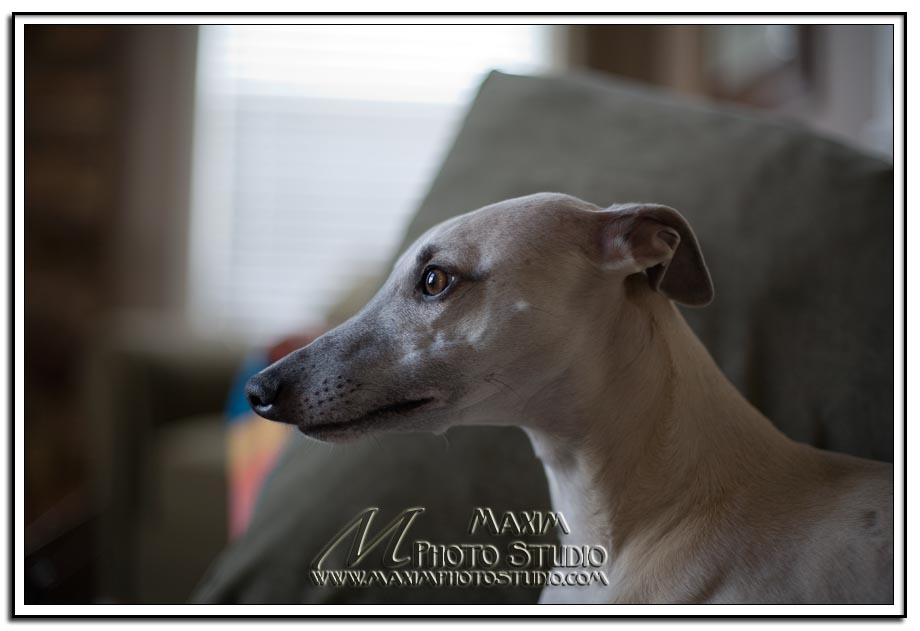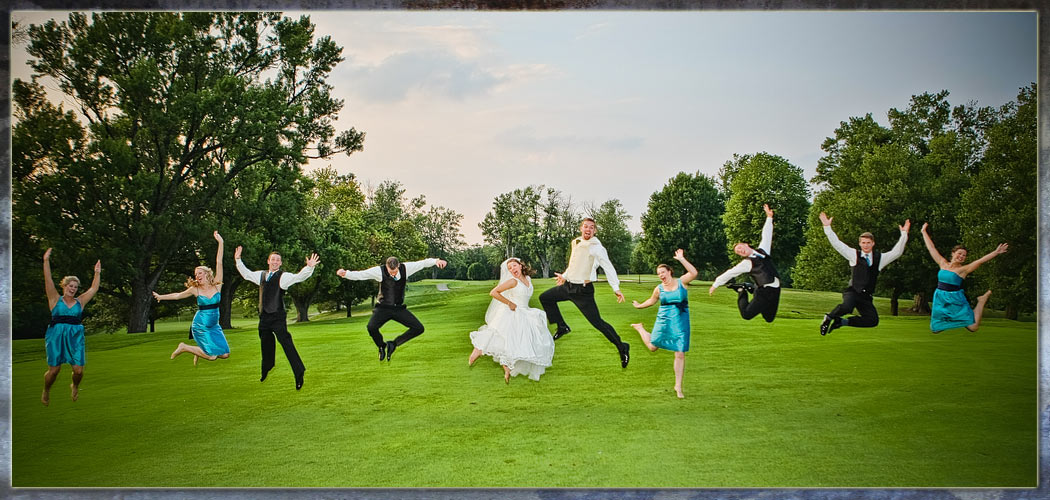I am ofter using a center weighted focus on my camera to allow me to select the best focus point for my subjects. The result of a center weighted focus and a “fast” lens, allows for a great “bokeh”. Bokeh is a photography term borrowed from the Japanese meaning blur. Incidentally, you can somewhat surmise the quality of your photographer by finding out the “fastest lens” that the photographer employs. The faster the lens, f1.2, f1.4, etc. the better the “Bokeh” and the greater the lens cost. Below is an example of one of my images from Saturday where I was able to isolate the subject and the immediate focus plane.

It is not often when I am forced to shoot wide open and the image is sharp. I shot this image at f 2.8 and the difficulty with this shot resides in super low focus plane. I center weighted the focus to allow the puck and the goal tender to be sharp. I was just fortunate to have an elevated puck (for those of you who know, Mites do not often elevate their shots). Anyway, this shot is similar to a technique I use during wedding reception photography when I want to blur the foreground and background while maintaining optimum subject focus. I use the faster Canon lens on the market to achieve my objective. My 85mm 1.2 is an awesome lens, it has to be at $2,000. Here is an example of one of the shot from my September wedding when I focused on the subject’s eyes. Notice the resulting blur on the ears, chin areas and even the tip of the nose, while the eyes and mouth are in perfect focus. It is very hard to achieve this because of the subject movement.
Here is another example of a great “bokeh” as aptly demonstrated by one of my whippets “Gobi”. As you can see, as example of a great portrait is one that focuses the viewers attention on the subject, rather than the background. Gobi’s eyes and the plane of the snout are in perfect focus, while the background is blurred. This was shot with one of my other favorite Canon lenses – 50mm 1.4.







